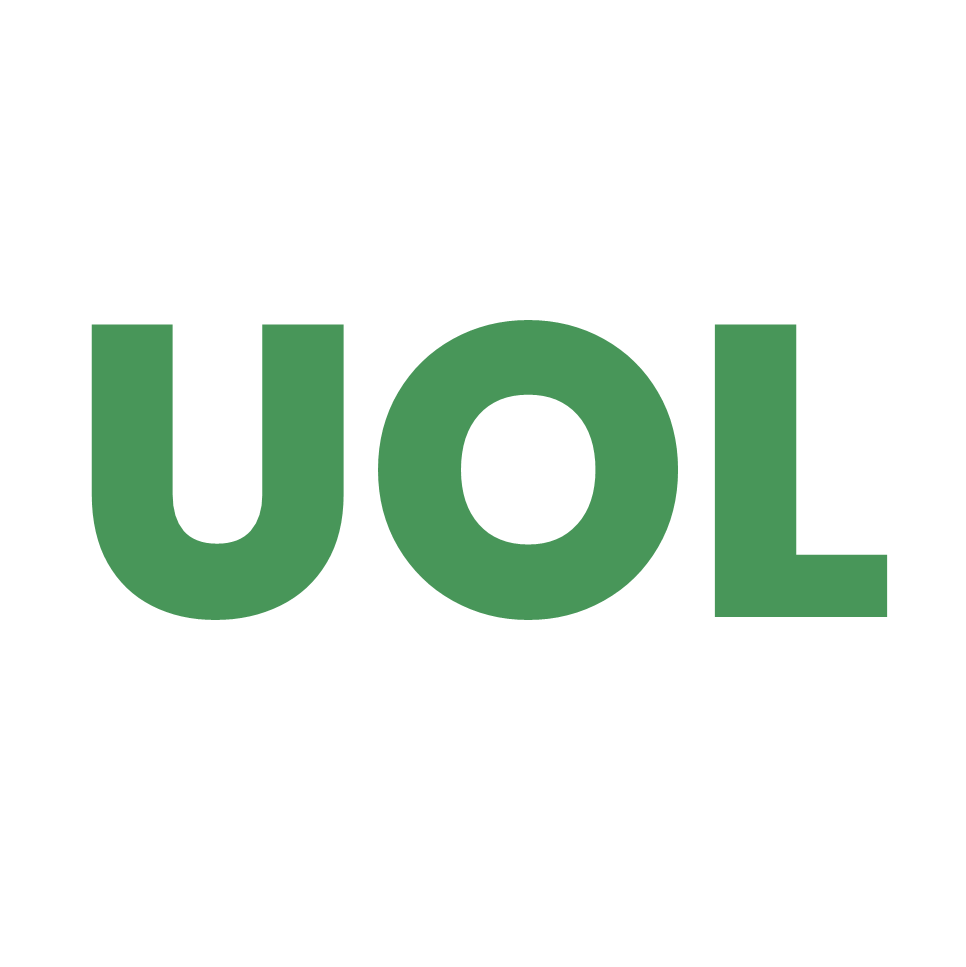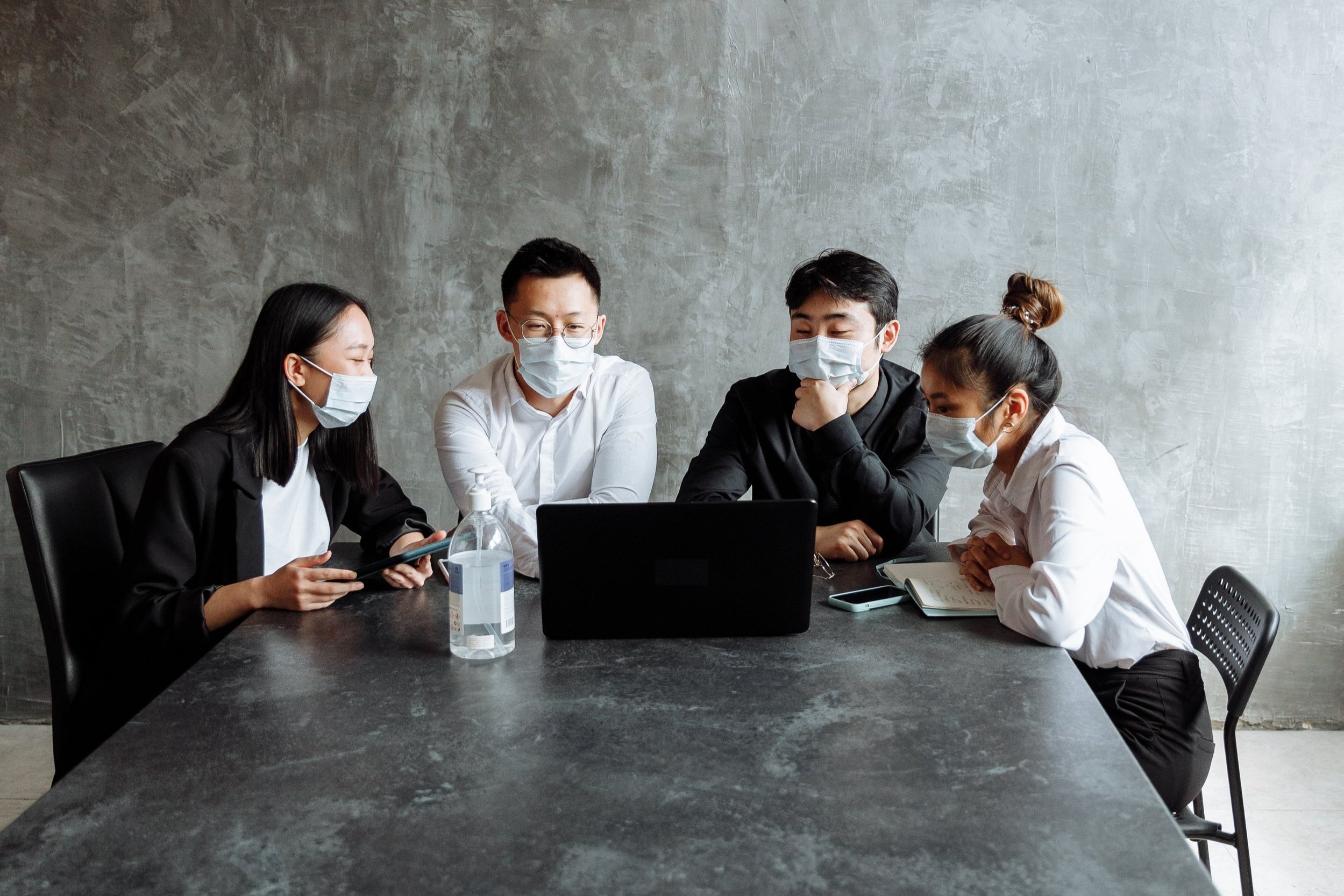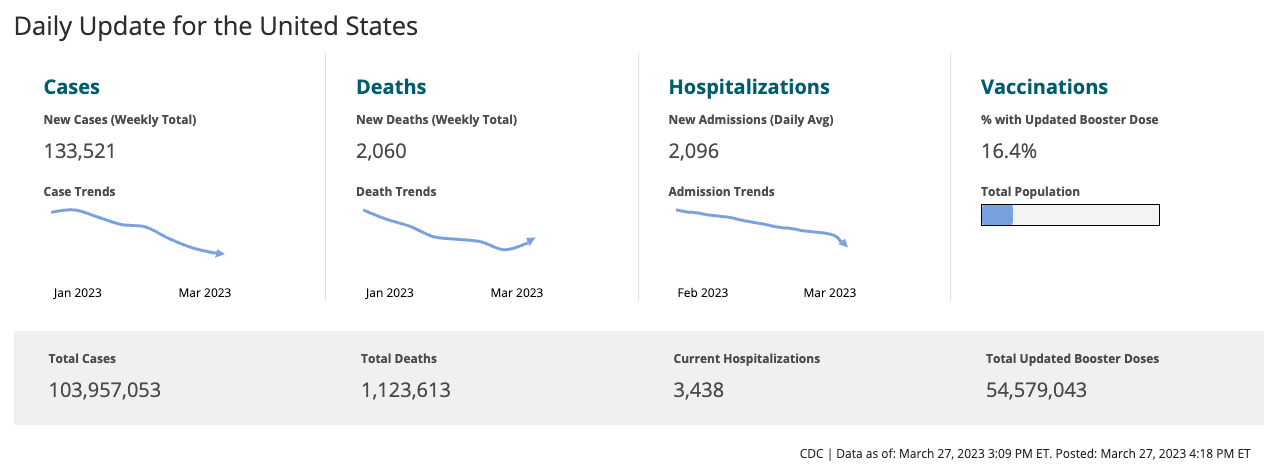Creating a COVID-Safe Workplace: Tips for Employers
The COVID-19 pandemic is still an ongoing challenge for the world, with the CDC reporting over 133,000 new cases within the US in the past week alone. With the reopening of businesses and influx of in-person communities again, safety measures for employees, patients, and customers alike should be implemented to continue to protect those around us. This article will discuss strategies which healthcare providers and businesses may employ so that your organization can stay safe yet productive as we navigate our way back into normalcy.
Benefits of COVID Testing for Healthcare Providers and Businesses
In spite of the fact that the novel coronavirus has been present in our society for several years now, it is still a large hazard to businesses, healthcare providers, and those that participate in these organizations. As such, these entities must make sure they are taking every feasible precautionary measure to defend their staff members, patients and customers. One important step is continued testing for COVID-19 at workplaces and offices. Here are some of its advantages:
To commence with, persistent examining allows any potential cases of the virus present in an office or workplace setting to be identified more rapidly. This means that ill individuals can be isolated swiftly which helps limit contagion amongst personnel, clients and patients - therefore enhancing safety significantly at those venues. Moreover, heightened testing frequency leads to improved detection rates which makes it possible for issues like outbreaks or community transmission to be spotted before things become too serious – allowing effective countermeasures such as contact tracing or lockdowns to happen earlier than would otherwise have been possible.
Moreover, regular tests demonstrate an earnest commitment from businesses and healthcare providers towards making certain safety within their respective settings by displaying customers and patients that they take health seriously. This could greatly improve public opinion concerning them; something especially pertinent given how much public sentiment has shifted since this pandemic began occurring. It additionally provides evidence for insurance companies if health concerns arise down the line; another strong argument why continual testing should not end at offices or workplaces even when there doesn't appear to be any current cases in said areas.
Finally, sustained COVID-19 tests also make it easier on businesses as well as healthcare providers when reopening after closures caused either voluntarily shut downs or government mandated lockdowns respectively since far less time will need spend on contact tracing due to all prior examinations conducted – meaning people can return faster rather than later without worrying too much about potential exposure from others close by.
In summary, there are several key benefits of COVID testing for healthcare providers and businesses:
Rapid identification of the virus
Peace-of-mind commitment to staff and community
Less time and resources spent for a worry-free return to office
Workplace Safety Protocols with Regular Testing
In order to maintain a safe workplace environment, companies must ensure their workspaces comply with all recommended safety recommendations including social distancing among staff; frequent hand washing; wearing face masks; avoiding large gatherings; limiting visitors whenever feasible; plus providing secure transportation choices like remote working arrangements or staggered shifts so there's less congestion on public transport systems like buses and subways during peak hours.
The World Health Organization (WHO) suggests:
“Mandated work shifts and spacing of workstations have been instituted to decrease workplace density. Quotas of office space occupancy have been established to limit density and physical contact. Restrictions limiting social activities and all in-person functions have been instituted for non-essential business. Staggered meal breaks and shift work schedules have been recommended. Physical barriers and adaptation of workspaces to minimize physical contact have been required by some governments as a condition to reopen following workplace closures. Mask use and safe physical distance guidelines have been widely recommended and at times made compulsory.
Ventilation. Natural ventilation such as opening windows should be recommended when possible and safe to do so.
Physical distancing. Introduce measures to keep a safe physical distance in accordance with national regulations between all people by regulating entrance to non-workers, discouraging direct physical contact with other persons and social gatherings, enforcing strict control over external access, implementing queue management through marking on the floor, scheduling queuing times, implementing physical barriers and decreasing workspace density.
Hand hygiene. Implement conveniently located hand washing stations or alcohol-based hand sanitizer at all entrances, bathrooms, workstations and dining facilities.
Cleaning and disinfection of environmental surfaces. High traffic areas and high touch surfaces should be identified for cleaning and disinfection multiple times daily.
Personal protective equipment (PPE). Employers have a responsibility to provide at no cost suitable and sufficient PPE, conduct training and monitor safe use among its workers.”
Regular testing of personnel is essential to guarantee the safety of all in the workplace. Such screenings can help identify any potential COVID-19 cases before they spread and cause further disruption, which is especially pertinent for businesses and medical settings. This additional layer of defense also protects those who work near each other, such as in a hospital or office setting. Screening also allows for timely detection of infections that may already be present among employees, enabling early recognition and isolation procedures if needed. This limits the spread between co-workers and patients alike, minimizing interference from positive results or possible outbreaks at work.
Necessity of Quick, Accurate Results in the Workplace
Timely results are of the utmost importance for businesses in order to guarantee their employees' safety during this pandemic. Quick and accurate testing done in the workplace is key to ensuring that any potential infections are identified as soon as possible, thereby limiting further contact between those who have been exposed to someone with COVID-19. This not only helps reduce risks but also allows healthcare providers and employers alike to monitor trends more effectively within their given communities or work environments. Moreover, being aware of exposures beforehand gives organizations additional resources for contact tracing efforts along with instituting quarantine protocols which can help contain any widespread outbreaks before they become too difficult to manage. Regular onsite testing is an ideal option when it comes providing a safe environment while maintaining trust amongst staff and customers alike knowing that everyone’s health remains a priority no matter what occurs.
Choosing the right COVID-19 Test for your Workplace
There are several different types of tests that diagnose whether someone may have the COVID-19 Virus; rapid antigen tests, molecular tests, and PCR tests.
Rapid antigen tests:
These tests detect specific proteins (antigens) on the surface of the virus. They are quick, inexpensive, and can provide results within minutes. However, they are less accurate than molecular tests and are more likely to miss an active infection, especially if the person being tested has a low viral load. This often means that several tests are necessary to be conducted in order to get an accurate reading.
Molecular tests:
These tests detect the virus's genetic material (RNA) and are considered one of the most accurate types of COVID-19 test. Molecular tests are highly sensitive, which means that they are unlikely to produce false-negative results. They are able to identify even small amounts of the virus in a sample, which makes them very reliable for detecting COVID-19 infections.
PCR tests:
PCR (polymerase chain reaction) tests are a type of molecular test that amplifies small amounts of DNA or RNA to detect the presence of the virus. PCR tests are highly accurate however can take several hours to a few days to produce results. They are typically performed by professionals in a laboratory and healthcare settings.
In summary, rapid antigen tests are quick and inexpensive but less accurate, while molecular tests and PCR tests are highly accurate but may take longer to produce results. Overall, molecular tests are the winner for workplace environments, being highly accurate and producing faster results at an affordable price.
Uh-Oh Labs’ molecular COVID-19 test takes only 5 minutes to setup and 12 - 40 minutes to return results. With a team of specialists ready to assist and answer any questions you may have, we guarantee your organization will be able to test easily and accurately.
Conclusion
In today’s day and age, COVID testing in the office is a critical factor for safeguarding healthcare professionals, businesses, and their workers. To make sure this is done securely and efficiently, clear communication plus speedy execution of any altered protocols should be maintained. Testing for the virus at work will help protect personnel while maintaining normal working conditions.
At Uh-Oh Labs, we’re providing accurate, reliable COVID-19 testing specifically designed for healthcare organizations and businesses. Our COVID-19 Test Starter Pack is an all-inclusive molecular testing package that makes it effortless to gain an understanding of in-office COVID testing and how to begin using it right away. By purchasing the Starter Pack, you'll receive all of the necessary components to begin running tests at your facility, along with assistance from our professional support team. Get started keeping your community safe from COVID-19!
Uh-Oh Labs’ COVID-19 Test Starter Pack: includes an ipad, instrument, and 20x test kits.




